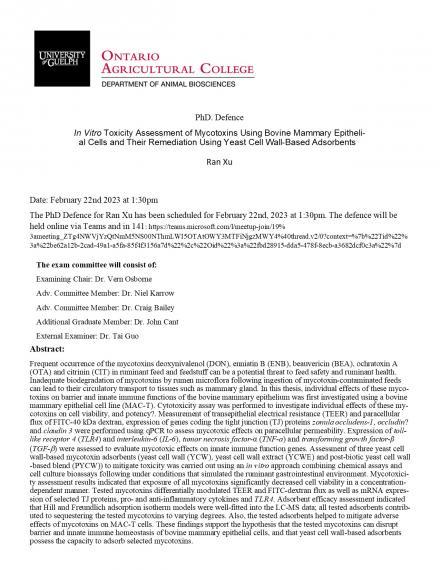
Meat Science and Muscle Biology Club Webinar- Dr. Suman Surendranath
This week, MSMB is excited to welcome Dr. Suman Surendranath to our webinar series to speak all about the current global perspective surrounding muscle-specific colour stability in fresh meat of ruminant species. Dr.








